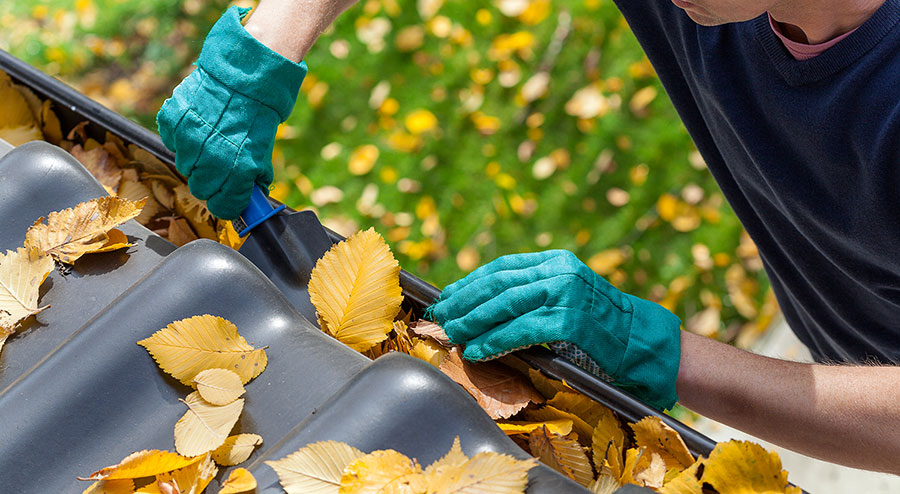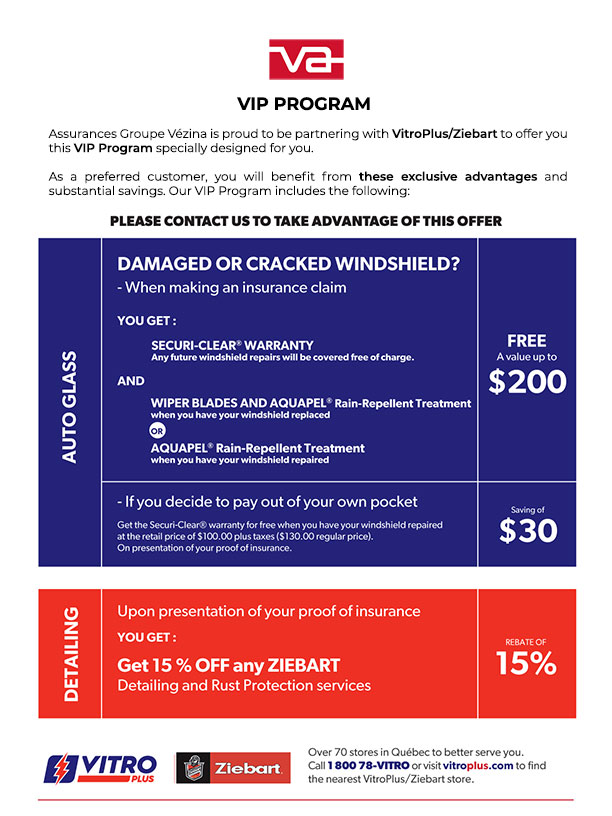Winter is fast approaching, so it’s time to start fall maintenance work. In addition to getting you outdoors to enjoy the beautiful fall colours, you need to do it to reduce preventable damage. Assurances Groupe Vézina has 12 tips for protecting your home this winter.
- Change smoke alarm and carbon monoxide detector batteries: It’s a good time to do this since you’ll begin heating your home again, increasing the risk of fire. Remember these devices only have a service life of 10 years and should be replaced at that time.
- Check the air vents of the dryer, range hood, ventilators and air exchanger. Remove any obstructions.
- Ensure that the heat pump air intake is not blocked, otherwise it will not function well.
- Turn off the water supply to exterior faucets and drain all remaining water from the pipes before turning off and covering the faucets. This will prevent the pipes from being damaged when it freezes.
- Check that the window joint sealings are in good condition, especially for basement windows, and redo any that need repairing.
- Inspect the foundations and have any cracks repaired by a specialist immediately.
- Clear your gutters and window wells of dead leaves and any other debris, but wait until all the leaves have fallen to avoid having to start over!
- Check the gutters to ensure they are solidly attached and directing water at least six feet from the foundations. If not, repair them and install baffles to direct water further away.
- Check the condition of your roof and have it repaired if any shingles, vents or joint sealings are damaged.
- Have your chimney swept and checked by a specialist to reduce the risk of fire and water seepage.
- Inspect your sidewalks, patios and parking area. If there is any sinkage, have them repaired, otherwise they could cause water seepage into the house and increase the risk of falls in winter. Prepare for ice storms by getting out the sand or slip-resistant pellets and placing them near the entrance.
- If you clear the snow from your yard, put markers to indicate the location of low walls or other installations that could be damaged by the snow remover.



